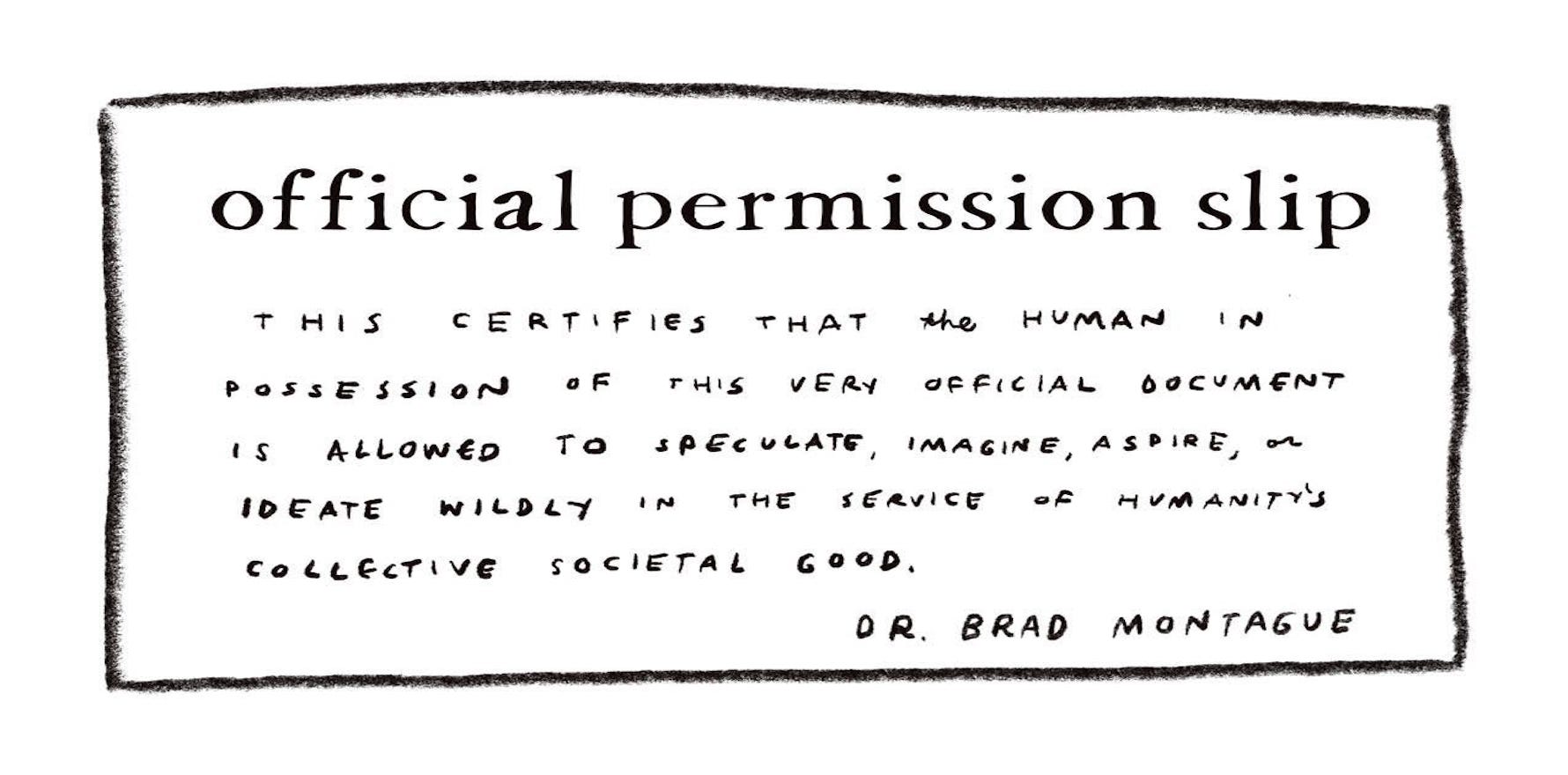The road to hospital reform has become so political and sclerotic that administrators and clinicians seeking to innovate their way to more efficiency and better patient outcomes are resorting to tactics generally reserved for guerilla warfare.
If you happened to watch the 7.30 Report on the ABC a couple of weeks back (you’ll need to be a Boomer for that) you would have been witness to the spectacle of nearly every state health minister being interviewed in succession and telling us that our hospital system is doomed because the federal government won’t give them a lot more money in the next National Health Reform Agreement.
Every one of them had their own nuance to the reason why their state would be disadvantaged, but all were clear it’s all the federal government’s fault. Each one was taking their opportunity on national TV to say to the electorate why no one should be blaming them for hospitals getting worse and worse.
You can see a lot of the comments from them on our HSD coverage HERE. The gap between the feds and the states in dollar thinking is the tens of billions, so we have a major disconnect at this point in time.
Things went off the rails for this whole process pretty rapidly after the Department of Health, Disability and Ageing inherited the NDIS earlier this year and the federal government decided to haggle with the states for them to take back more responsibility for reining in the NDIS as part of a quid pro quo on funding.
The change gave every stakeholder at the state and federal level leverage to create confusion and point blame.
Almost immediately a lot of good groundwork that was being laid for the next NHRA in terms of innovation on funding and system structure was forgotten and the whole thing descended into financial bun fight, like it has in the past, but much worse.
The thing is, even before we threw the NDIS spanner into this works, everyone knew there was never going to be enough money to go around, at least not the way current state governments are spending it.
(There is enough money but that’s another story).
A big hint on this for all parties was the federal government splashing out an additional $1.7 billion of extra funding for just one year for the states as a part of their election strategy.
The trajectory and approach to reining in the cost of our public hospital system has been set at “train crash” for a long time. The NDIS issue just added some near-term clarity to the immense size of the problem for everyone, and perhaps now stakeholders can actually see that the bridge is out ahead and know the train is going too fast to stop.
But what has everyone done after realising we are at the crossroads of what is probably the most important challenge and opportunity for our health system in its entire history?
Same old.
Pistols at 10 paces, then a retreat to respective corners, and now a lot of thinking and hard work focused on the politics, not the solutions.
If you talk to people deep inside the public hospital system, down the rungs of the ladder a bit – the ones at the coalface doing the work – the frustration and disappointment is palpable.
A lot of good is and had been happening post-covid that had given a lot of people reason for optimism.
Faced with huge short-term financial dilemmas and workforce issues, there are a lot of simple things that both the state and federal government could be doing to help in the longer term, even while maintaining their political rage.
There’s a lot of high-level infrastructure work going on to connect patient data-sharing dots (interoperability), and there is a lot of innovative technology in play over the cloud, particularly virtual care and AI.
With all this political blur, our hospital problem, for the moment at least, has largely been relegated to those a lot further down in the system than the political elite and senior public servants – to individual hospital managers, sometimes at leadership level but also often all the way down to determined and innovative clinicians working day-to-day at the coalface of what is, necessarily to some extent, a fairly rigid and almost impossible to navigate bureaucracy (state health).
Both state and federal politicians should be ashamed of themselves for acting in the manner they are at this point in our healthcare system history. But they aren’t.
Everyone knows:
- we can’t keeping building hospital infrastructure in the manner we have for the past 100 years. Even if there was enough money, it’s a dumb strategy given the shifting population demographic, the need to pivot the system to a chronic care focus, and trends in virtual technology and AI;
- that technology, particularly virtual care and AI, offers enormous potential to help the problem, but we aren’t really doing anything to reorganise properly around these opportunities – funding signals being probably our major tool for reorganisation;
- that overseas we see a lot of examples of how far you can get when you start to incentivise creativity and innovation with the people who are inside the system, and with the technology vendors who are serving it, and it’s a long way.
So having vented our frustrations, let’s set the above political problems to the side for now as they are clearly beyond our control.
Related
Let’s talk about those interesting souls spotted all around the hospital system, who are working on the inside, determined to effect change in any way they can regardless of the degree of difficulty the above situation is creating.
How much change can people deep within the system initiate without the major levers of federal state co-operation on changing structures and funding paradigms?
Maybe a lot more than people might have imagined.
Spot fires of innovation and learning are breaking out across the public and private hospital system, and, in some cases are threatening to overwhelm the seemingly impenetrable barriers to change, represented by a system of government refusing to budge on meaningful funding reform and the natural resistance to change that any large, highly regulated and risk averse organisational bureaucracy – that being state government health departments – will build to defend its stability over time.
This week’s New Models of Care Reshaping the Future of Hospitals Summit at the Aerial Centre UTS in Sydney this Thursday is going to deep dive into a few examples of such spot fires, how they came about, and what impact and return they are already delivering to parts of the system. If you’re interested in attending there are still a few tickets to this event left HERE.
Some of the innovation spot fires that the Summit will be talking through include:
- The Consultmed web-based e-referral and patient guidance and advice service which started slowly with the odd hospital network as a pilot, but has steadily grown to the point where today it’s being implemented in major hospital regions in NSW, Victoria and Queensland;
- The Telecare virtual specialist service being used by more and more rural and remote hospitals and networks to reduce cost and waitlists and unnecessary travel for specialists and patients;
- Teledoc’s specialised telehealth equipment which allows specialists to dial in virtually to a surgery to observe in detail what is happening via multiple cameras and provide advice to their peers on the ground;
- AI in hospitals … a fair bit on that.
What should resonate with policy makers and hospital managers and administrators about some of these stories is that while the new care model being proposed and technology are often different, the process by which they are finding their way into the mainstream has been similarly tortuous from an innovator’s perspective.
The pattern for all these case studies includes:
- A lot of pounding the pavement and knocking on doors in all sorts of ways, because even though some public hospital systems are centralised, the way in for really new innovation often is not through the front door at the top, but by finding an innovative clinician or manager who will trial or pilot your new idea or product under some sort of cover;
- Lots of bureaucratic resistance for the innovators trying to get innovative new models up and running from a system that is so big it needs, in many ways, to be rigid and bureaucratic to maintain control. In the end it’s Borg-like though. In the case of the Teledoc telehealth surgery equipment, the clinician trying to get his idea off the ground for his regional hospital network was rung up by Queensland Health IT central, somewhere in Brisbane, the first they got wind of it, to say “nope, your tech platform doesn’t fit into our schema, stop it now”. Our innovator didn’t of course;
- Often problems at the top echelon of management of a single hospital, with a leader who is overwhelmed with complexity, workload and the normal problems (bed and access block) already, has not been trained to recognise and manage innovation and the crazy staff who want to give it a go;
- Persistence, eventual clear evidence of success, gradual pick-up by other hospitals using the first few as exemplars, and, in the case of some solutions, even the start of some FOMO from other hospitals;
- Often, the realisation within a hospital network that the new model of care and technology actually synchronises well to existing programs and can enhance them.
So, innovation is breaking into our rigid system, and in many cases, it’s starting to show return at scale.
But is this the way state governments really want to run the introduction of leading-edge innovation into their system?
One discussion that will be had at this week’s Summit will be how state governments and hospital networks management can set up better to manage the speed of some of innovation coming at them. It’s fast and furious and that is confronting. AI is a big example.
At present some of our internal hospital innovation stars are having to resort to tactics distinctly similar to those used in guerilla warfare to get their projects away.
That can’t continue at any sort of scale.
Most big state health departments have dedicated e-health departments which are looking at innovation in an organisation-wide and formal manner, and some are overseeing large-scale mid to long-term innovation and transformation projects.
But between this level of change and the coalface of day-to-day delivery of services, and the amount of new and sometimes simple technology that we are seeing, especially in AI now, the process for managing innovation needs to be more carefully thought through by our hospital bosses.
A part of that thinking should necessarily be training of senior management in hospital networks in managing innovation and staff who might seem like guerilla fighters and annoying, but who may in fact be agents of good change, and future leaders.
Tickets and the full program agenda and speaker line-up for this coming week New Models of Care Reshaping the Future of Hospitals Summit can be found HERE.
If you have any queries on the event or ticketing you can contact Greta at greta@healthservicesdaily.com.au.




